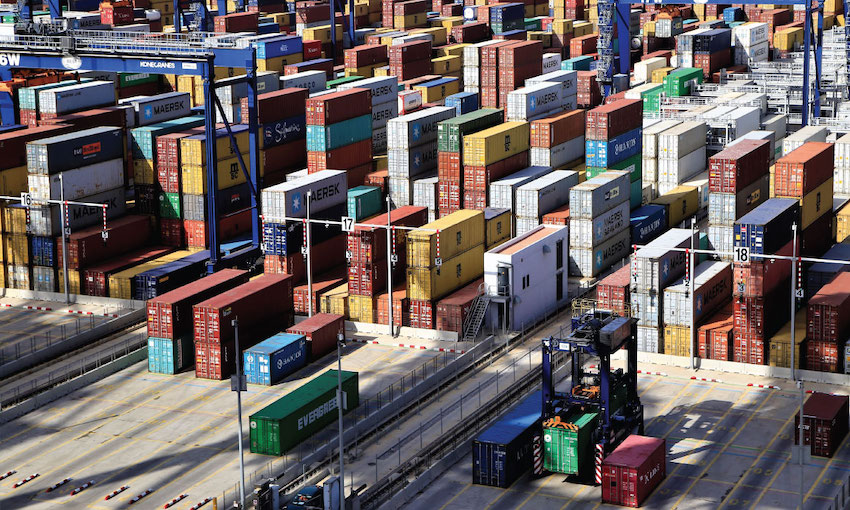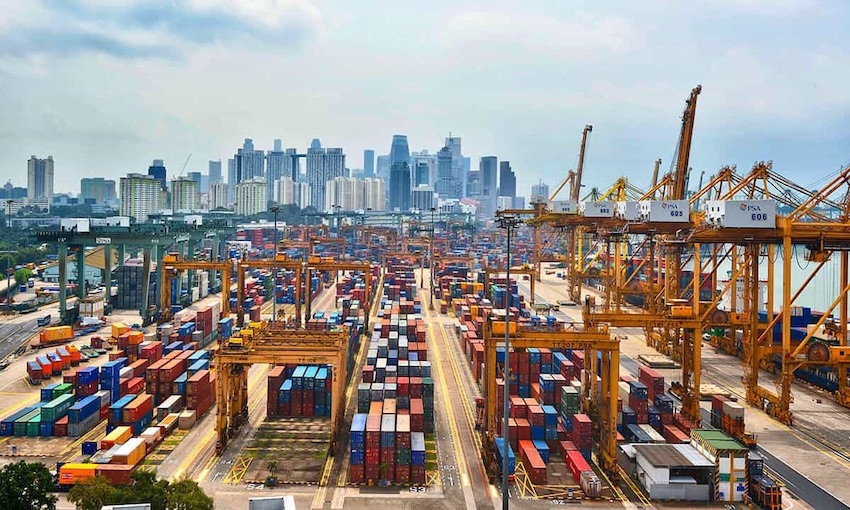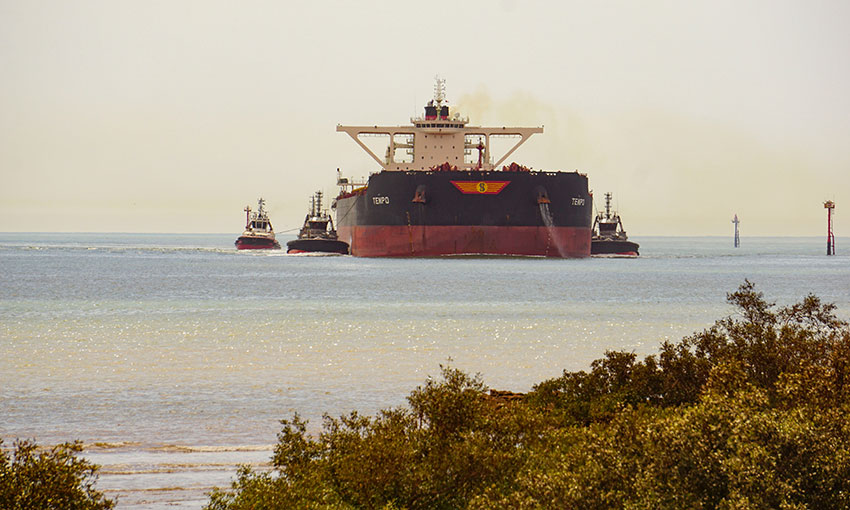ON MONDAY (26 June) the Australian government convened a Simplified Trade System Summit in Melbourne and released a consultation paper outlining the directions reforms to boost efficiency at the border.
In the paper, the Simplified Trade System Taskforce said this system would aim “to create a simpler, more effective, inclusive and sustainable cross-border trade environment for Australia”.
The paper points out that two-way trade in goods was worth more than $1 trillion in 2022, according to the World Bank, but “it takes an average of 43 hours to complete documentary and border compliance processes for a typical Australian shipment by sea”.
The STS implementation Taskforce, in partnership with the ABF, DAFF and 30 other government agencies, “progressing these reforms together”.
As part of its vision, the government aims to establish a “single source of truth” for trade information.
It says there will be greater visibility of the progress of goods through the regulatory system.
“A whole-of-government approach to trade services will reaffirm the Australian government’s commitment to high-level service delivery principles across a range of trade processes, with a focus on user needs, while recognising the flexibility that different agencies need based on varying policy goals, risks, users, and other obligations,” the consultation paper says.
The taskforce found that “36% of regulations mandate the use of paper and/or other outdated technologies and do not allow for flexibility in how they are implemented by users”, according to the paper.
In a keynote address on Monday to the Simplified Trade Summit in Melbourne, Business Council of Australia chief executive Jennifer Westacott said, when compared to New Zealand, it costs more than twice as much to export in Australia and import costs are one and a half times higher.
“Simplifying trade regulation, modernising this outdated government IT system isn’t going to grab the front page of any paper,” she said.
“But in the context of $1.2 trillion worth of trade and a cost-of-living crisis, I can’t think of many actions we can take as a country to shore up this national critical piece of infrastructure and help drive down the cost of goods and services.”
She said there are three main areas that are slowing Australian trade down and increasing costs: Lack of information and transparency; delays caused by government itself; and duplicability of processes and inconsistent interpretations.
“Most government agencies use separate regulatory systems to process trade declarations, licences and permits; again, unnecessary duplication,” she said.
“In a country where our aim is to be a top digital economy – we have agencies that have processes that don’t support basic files like Excel.
And then there are others where data then needs to be manually entered. There are previous examples of products such as woodchips being exported from different regions that are then subjected to different rules because of differing regional interpretations of those rules.
“We have a system which is a quagmire of duplicative regulations and a sea red tape.”
And this is why, Ms Westacott said, other countries have developed a system known as the trade single window.
“Unfortunately, we’ve stood still while other countries such as Singapore, Sweden, the USA, and New Zealand have moved ahead,” she said.
“As I’ve said many times relating to other matters of our competitiveness, by standing still we actually move backwards.”
Ms Westacott said moving to a single digital platform makes cross-border trade simpler, streamlined, more transparent, and it minimises compliance, delays and costs for business.
And, she said it would also allow Australia to realise the benefits of its free-trade agreements.
“Paperless trading alone could lift GDP up to $1.7 billion a year – equal to the projected benefits from the China, Japan and South Korea FTAs,” she said.




